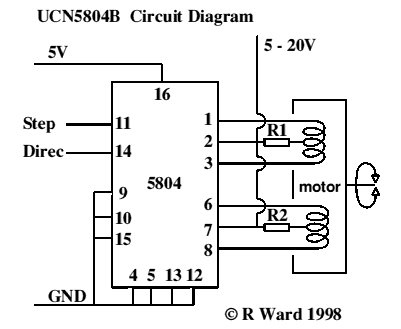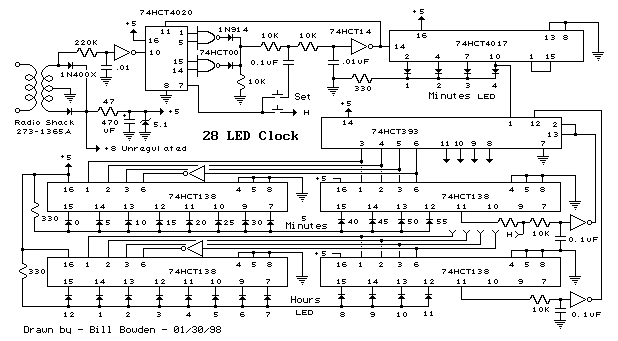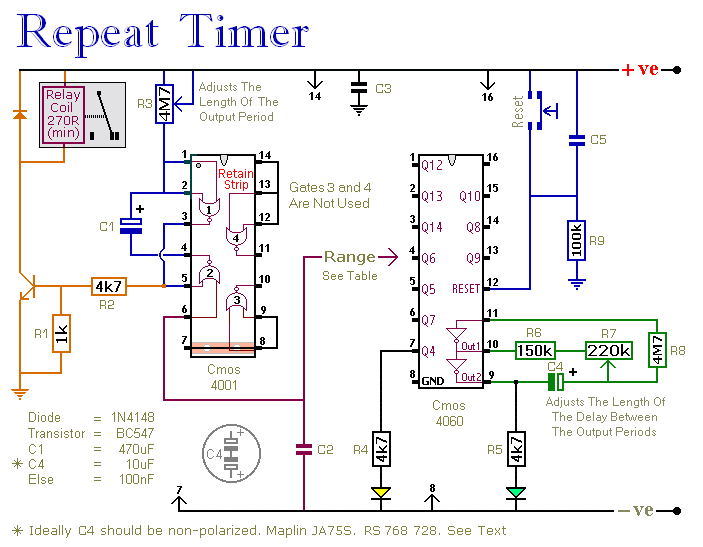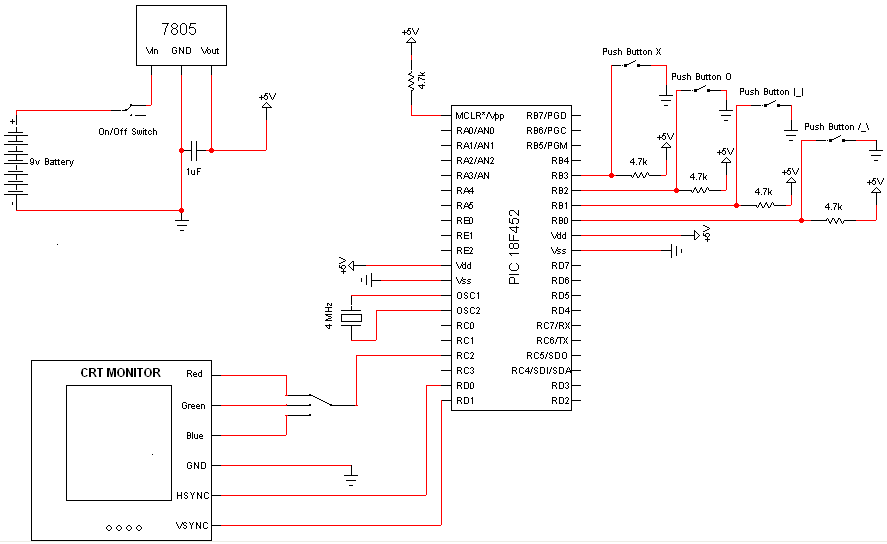
555 RC Servo Tester Circuit
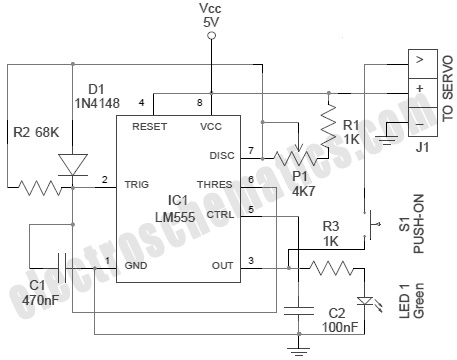
A servo is an error-sensing feedback control mechanism used to correct the performance of a system. A servo motor is a DC motor equipped with a servo mechanism.
A servo motor is an electromechanical device that utilizes a closed-loop control system to achieve precise control over angular or linear position, velocity, and acceleration. It typically consists of a DC motor, a feedback sensor, and a control circuit. The feedback sensor, which can be a potentiometer, encoder, or tachometer, continuously monitors the output position of the motor and provides real-time data to the control circuit.
The control circuit processes the feedback signal and compares it to the desired position setpoint. Any deviation from the setpoint generates an error signal, which is used to adjust the input to the motor, ensuring that the output position is corrected to match the desired value. This feedback loop allows for high accuracy and responsiveness in applications such as robotics, CNC machinery, and automated systems.
Servo motors are characterized by their ability to maintain a specific position under varying load conditions, making them ideal for applications requiring precise control. The integration of a servo mechanism enhances the performance of a DC motor by enabling it to respond to changes in the system dynamically, thus improving overall efficiency and effectiveness in a wide range of applications.Servo refers to an error sensing feedback control which is used to correct the performance of a system. Servo motor is a DC motor equipped with a servo mec.. 🔗 External reference
A servo motor is an electromechanical device that utilizes a closed-loop control system to achieve precise control over angular or linear position, velocity, and acceleration. It typically consists of a DC motor, a feedback sensor, and a control circuit. The feedback sensor, which can be a potentiometer, encoder, or tachometer, continuously monitors the output position of the motor and provides real-time data to the control circuit.
The control circuit processes the feedback signal and compares it to the desired position setpoint. Any deviation from the setpoint generates an error signal, which is used to adjust the input to the motor, ensuring that the output position is corrected to match the desired value. This feedback loop allows for high accuracy and responsiveness in applications such as robotics, CNC machinery, and automated systems.
Servo motors are characterized by their ability to maintain a specific position under varying load conditions, making them ideal for applications requiring precise control. The integration of a servo mechanism enhances the performance of a DC motor by enabling it to respond to changes in the system dynamically, thus improving overall efficiency and effectiveness in a wide range of applications.Servo refers to an error sensing feedback control which is used to correct the performance of a system. Servo motor is a DC motor equipped with a servo mec.. 🔗 External reference
